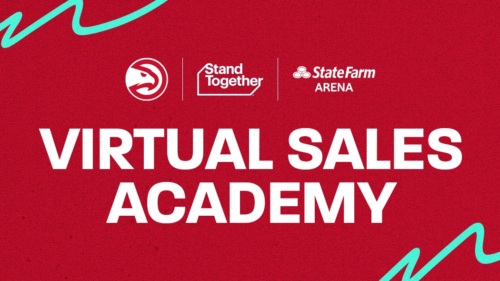
The Tech Multiplier: Broadening Perspectives in Tech Roles Across Industries
You might have heard the saying, “All companies are tech companies.” That’s becoming increasingly true across industries as more organizations realize the importance of digitalization. The shift toward tech-centric processes also affects employees. Today, anyone’s career can benefit from experience with technology.
It isn’t just about non-tech companies adding tech-savvy employees to the payroll, though. A OnePoll survey shows that 98% of C-Suite executives believe tech skills will become essential across all sectors within the next decade.
Companies will need to find qualified personnel to fill those roles. They’ll also need to attract diverse teams that can add new perspectives to solving problems. (It’s impossible to undervalue diversity of thought in an organization!) A two-pronged approach that addresses both needs, positions businesses for short-term and long-term success.
Workplace Diversity Improves Business Success
Over half (56%) of employed adults in the U.S. say workplace diversity is a good thing. Only 16% call diversity, equity, inclusion, and belonging (DEIB) initiatives “a bad thing.”
If a business wants to attract more young people (18-29), it makes even more sense for it to increase diversity. Among that age group, 68% of employees say DEIB is a good thing, and a mere 8% disagree. When the typical young person sees a homogenous group of colleagues, they might wonder whether they should start looking for opportunities at more exciting, inclusive organizations.
It isn’t just personal preference that encourages some people to embrace diversity. DEIB can benefit companies in several ways, such as:
- Making them more resilient to change
- Driving innovation, which helps increase EBITDA by about one-third
- Improving talent acquisition and retention
Tech Roles Create Opportunities for Diversifying Workplaces
Filling tech roles can create new opportunities for you to diversify your workplace, especially if you tend to hire college graduates.
Pew Research finds that about 61% of Asian Americans have college degrees. Nearly 42% of Non-Hispanic White Americans have bachelor’s degrees or higher. The percentages drop significantly, though, with only 28.1% of Black Americans and 20.6% of Hispanic Americans earning degrees.
If you only hire college graduates, you’ll have a hard time diversifying your teams.
Many tech positions, however, don’t require a college education. IT tech certifications prove that applicants have essential skills to perform jobs well. Even IT certifications for beginners can qualify workers for entry-level jobs. Once they enter those positions, they can build on their skills to grow careers and bring more benefits to employers.
Certifications Employees Need to Start IT Careers
It’s important to remember that earning a tech certificate takes a lot of training. On average, Per Scholas courses take 15 weeks to complete. Learners can expect to spend about 75 hours in class (virtual, in-person, or hybrid).
At the end of the course, learners still have to pass third-party exams before they get certified. No one skates through these programs easily. It takes serious commitment and a lot of hard work.
What can employees do to get started? Popular paths begin with earning a:
- CompTIA A+
- Google IT Support Professional Certificate
- Salesforce Administration Certification
- CISCO IT Essentials
- CISCO Network Essentials
Anyone with one or more of these certificates can fill an entry-level position related to the program. For example, someone with a CISCO IT Essentials certificate can provide basic IT help that supports your other employees and your customers. If your sales team uses Salesforce, bringing someone with a Salesforce Administration Certification on board gives them an advantage over companies without the appropriate tech support.
Building a More Diverse Workplace
Diversity in tech workers doesn’t automatically happen because organizations hire more people. Companies need initiatives specifically developed to reach DEIB goals.
But it isn’t as hard as you might think.
Some effective ways to diversify your workplace include:
- Encouraging under-represented candidates to apply for jobs (mention your dedication to diversity on your website, job listings, and social media posts)
- Partnering with community organizations to find undervalued talent
- Hiring an outside agency to provide diversity training for managers and executives
- Creating internships and other entry-level opportunities specifically for under-represented groups
- Having recruiters undergo diversity training to remove—or at least bring to light—any implicit bias
- Writing strong anti-discrimination policies
When partnering with outside groups, consider connecting with Per Scholas. Per Scholas can help organizations become more diverse by design. Instead of filling individual positions, you can create a recruitment pipeline that brings in candidates for entry-, mid-, and executive-level positions.
Per Scholas can help whether you already have tech positions you need to fill or want help creating a custom course that prepares current employees for more challenging jobs.
You can also download Diverse by Design, which provides more information and tips about DEIB.
Are you ready to get started? Would you like to learn more? Reach out and start a conversion today!
Sign up for our Monthly Impact Report
More News

Donate Now
Your support makes a powerful difference in our ability to build a technology talent training solution that creates greater access and equity.

